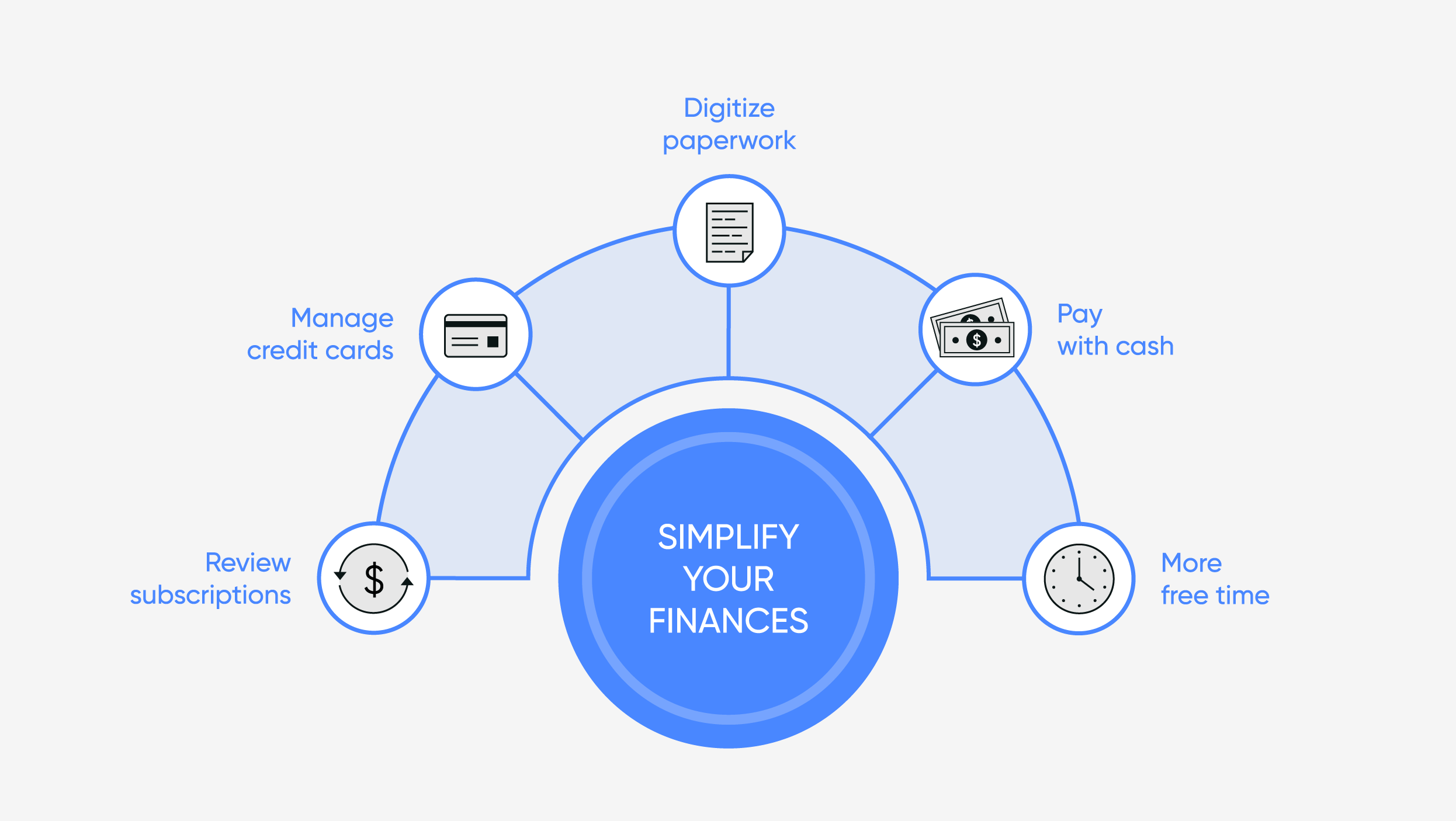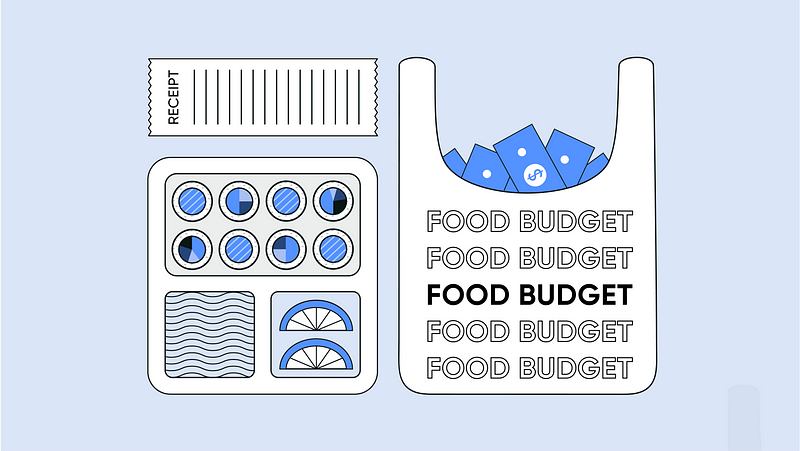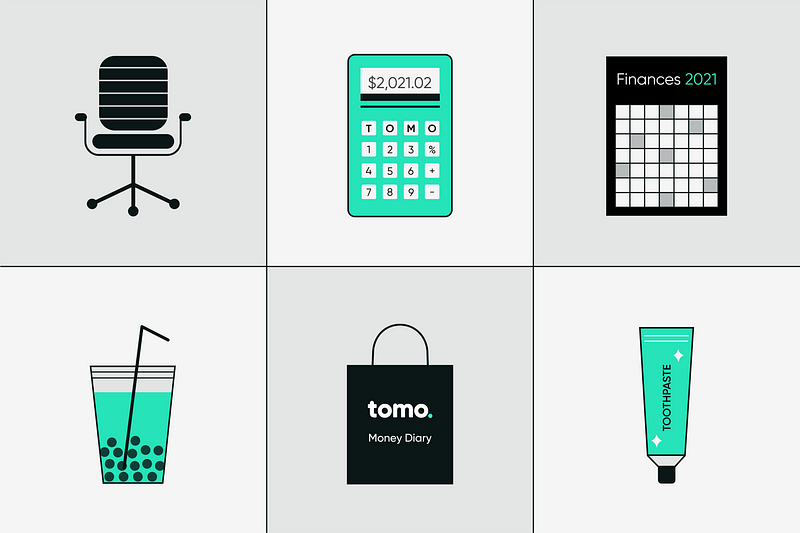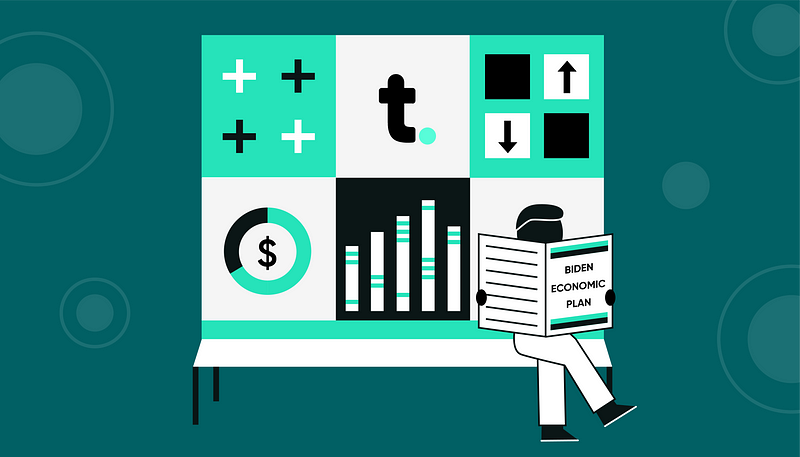
Investing. Budgeting. Debt. For many who have never dabbled in the field of personal finance, these finance phrases can seem intimidating — but fear not! The field of personal finance presents beneficial knowledge in regards to managing an individual’s monetary resources. With summer break upon us, it provides a perfect opportunity for you to learn and work independently. Here are our top 5 personal finance book recommendations that are a great place to start.
Rich Dad Poor Dad
This book, written by Robert T. Kiyosaki, explores the author’s learning experiences from two father-figures and their different money-management strategies. It delves into the concepts of smart investing, earning money without necessarily having a high income, and how to maintain long-term acquisition of wealth. No matter what age group, this insightful book offers diverse perspectives on the concept of earning money and is an excellent read for those interested in developing their long-term personal finance skills.
Broke Millennial
Geared more towards the younger generation, Broke Millennial: Stop Scraping By and Get Your Financial Life Together by Erin Lowry presents a variety of tips for those who are just beginning their journey towards financial independence. It covers topics such as investing, budgeting, planning, avoiding credit card debt, and much more. If you are a beginner looking to learn about these personal finance concepts, this book is for you!
I Will Teach You to Be Rich
I Will Teach You to Be Rich by Ramit Sethi is another resource that is perfect for college students or individuals starting out on their personal finance journey. It provides helpful advice on paying off loans and other debts, how to navigate late fees, and basic investing knowledge. It also gives recommendations on making future large-scale purchases in life such as property and vehicles. Overall, it is an excellent educational read for the younger generation who are beginning to face these real-world financial decisions.
The Millionaire Next Door
Thomas J. Stanley’s The Millionaire Next Door: The Surprising Secrets of America’s Wealthy is a helpful book that has had a significant impact on people’s understanding of what it truly means to be “rich” in America. It consolidates research findings revealing traits shared by those who have accumulated notable amounts of wealth, such as their saving practices, financial habits, and more. This book is a great fit for anyone looking to increase their wealth and develop healthy personal finance skills to do so.
Your Money or Your Life
Another resource for students in college or beginners to personal finance, Your Money or Your Life, by Vicki Robin and Joe Dominguez, shares nine steps that can be taken to achieve financial independence. It goes into detail about avoiding debt, maintaining living expenses, and keeping in mind the importance of your financial impact on the planet. This book promotes healthy as well as sustainable financial habits and is a great read for those who want to practice effective and responsible lifestyle choices.










